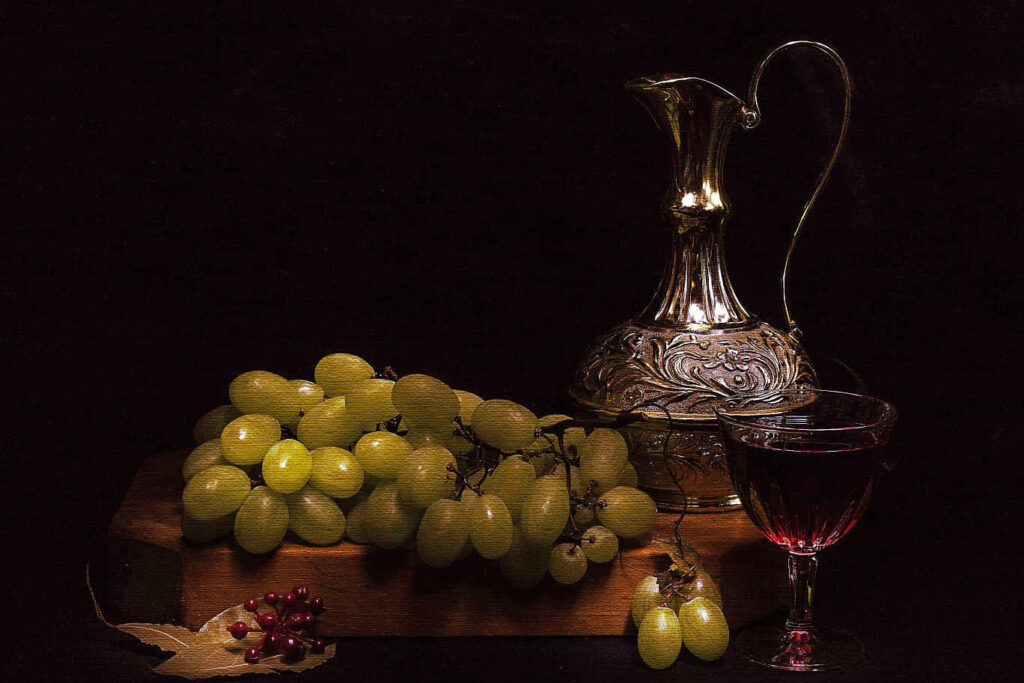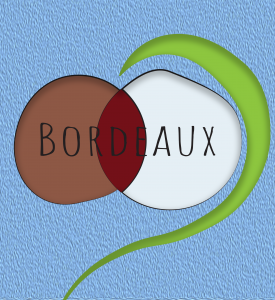Who doesn’t love a glass of Bordeaux?
Bordeaux is a city, capital of Gironde département, Nouvelle-Aquitaine région, southwestern of France. The dry soil of Médoc attracted settlement as early as the Bronze Age and, at least since Roman times, the city has been a flourishing town and port.
Climate
The city of Bordeaux has a moderate maritime climate that benefits from the effect of the Gulf stream
coming from the Atlantic. This warming ocean current extends the growing season and therefore spring frost here is rarely a problem.
However, the Atlantic also brings high levels of rainfall and humidity.

Storms
The vineyards are protected from the worst storms by the Landes forest and the coastal
sand dunes that lie to the west of the region. Rain falls throughout the year and can disrupt
flowering and fruit set, promote rot and dilute flavors in the grapes at harvest.
This can be limited with a wise canopy techniques management.
An appellation
Bordeaux it’s the largest appellation in France in terms of both volume and value. Very basically, an appellation is how a country categorizes its wines by geopolitical boundaries. Each appellation has laws and regulations that may dictate where the grapes were grown and how the wine was made.
It is also home to many of the most prestigious names in fine wine. However, these wines only represent a tiny percentage of total production in the region.
Most of all Bordeaux are originated from a blend of grape varieties. However, the variability in the weather and particularly the rain makes it too risky to rely on the cultivation of only one variety.
Thirteen grape varieties are then permitted under the appellation regulations, but three black grapes and two whites are actually predominant. Those are Cabernet Sauvignon, Cabernet Franc and Merlot for the red wines, Semillon, Sauvignon blanc for white wines Graves and Pessac-Leognan for dry white and Sauternes for the sweet wines.
Geography
The Bordeaux region geographically lies around the Gironde estuary, where the Garonne and Dordogne rivers meet.
Hence the area is divided into two distinct zones.
Left and Right Bank
West and south of the Garonne is traditionally referred as Left Bank, the main appellation here are the Medoc, Haut-Medoc (Puillac and Margaux), and Graves (Pessac-Leognan). Cabernet Sauvignon here is the dominant variety. The best sites are on gravel mounds that drain water away and retain heat to aid ripening.
The wines are medium to full-bodied, with a high level of tannins and acidity, medium alcohol and long finishing.
The Right Bank wines, which lie north and east of the Gironde and Dordogne, are instead known for clay soils dominated by Merlot; generally, they are softer in style and typically they have medium tannins level and medium acidity. The most important appellations are Saint-Emilion and Pomerol.
History
The history of Bordeaux wine region as we said date back to the ancient Romans, who were the first to cultivate and produce wine in the region. The next step in creating the wine region took place in 1152, when the heir to the Duchy of Aquitaine, Eleanor of Aquitane, married the future king of England, Henry Plantagenet. The region was then under English control for more than 300 years until the hundred-year war.
From that moment forward, the Bordeaux wine trade in the region began expanding. As a result, this particular wine continued taking on more importance in dealing with England. Twice a year, just before Easter and Christmas, several hundred British merchant ships sailed to the city to exchange British goods for wine.
A second life
The next major event for the wine trade in the region took place when the Dutch needed to build roads, to make it easier to transport goods throughout the region. As a result, the Dutch, along with the British, were notable purchasers of this wine.
While British consumers, along with the royal families of Europe, sought the best wines of the region, the Dutch buyers were more concerned with the best value wines of the Bordeaux appellation. That circumstance presented a problem for the Dutch since they needed their wine to be delivered faster before it spoiled.
Speed

Speed was an issue because they sought the wines for the lowest price and those wines would not keep. Dutch merchants came up with the idea to burn sulfur in barrels, which aided the wine’s ability to last and age.
The milestone for the wine in the region was the official decree that classified the top producer. This classification, known as the 1855 classification, identified the best wineries ranking them from 1 to 5. The Chateaux listed within this classification are called crus classés.
In the story we speak about a small village, called Castelmoron d’albret. This is actually the smallest town by surface in France, with 3.54 hectares and 55 inhabitants. We imagined what the big city and port could have in common with this tiny town. And the answer, of course, is the wine that everybody in the world know.
With Vinoè, we decided to write stories to make you feel the same sensations as when you didn’t know anything about wine. An urge to discover through stories. The fantasy of a storyteller, Daniele Frau mixed with the knowledge of a third-level sommelier, Davide Masili, in order to give a new, different look to this wonderful world.